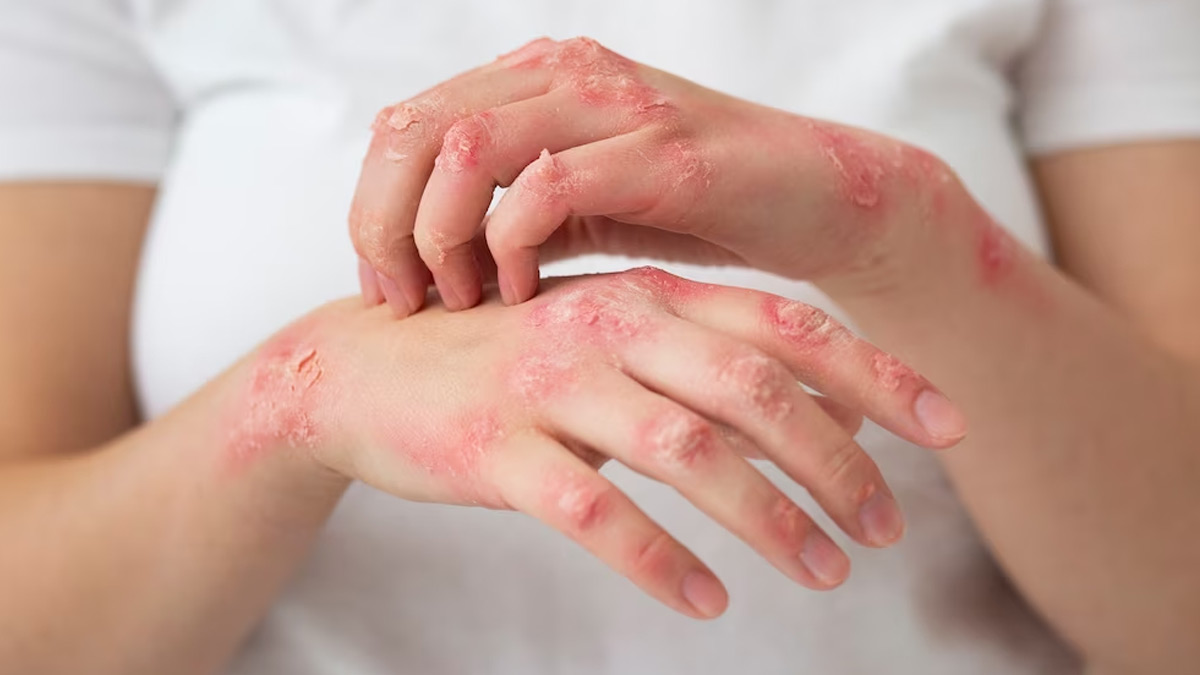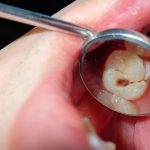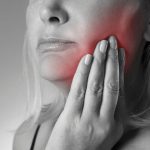
Key facts
- Tinea is a fungal infection found in moist, warm parts of the body.
- Examples of types of tinea include athlete’s foot, ringworm and jock itch.
- Symptoms of tinea include a red flaky rash that can crack, split and peel, plus blistering and itching.
- Tinea can affect anyone, but is common among sportspeople and those who share communal change rooms.
- Tinea is often treated with anti-fungal medicines, usually a cream, and can be prevented with good hygiene.
What is tinea?
Tinea is a common and contagious fungal skin or nail infection. The tinea fungus thrives in warm, moist environments, so areas like the feet, the groin, the scalp, under the breasts and sometimes the toe and fingernails are ideal places for the fungus to grow.
Most tinea infections are mild.
What are the types of tinea?
Tinea can affect many areas of the skin/nails and the infection will have a different name depending on the location and type of fungus. These different types include:
- nail infection (onychomycosis) — a fungal infection of the toe or fingernails
- athlete’s foot (tinea pedis) — a fungal infection of the skin on the feet
- ringworm of the scalp (tinea capitis) — a fungal infection that develops on the head
- ringworm of the body (tinea corporis) — a fungal infection of the body that develops on the top layer of the skin
- jock itch (tinea cruris) — a rash in the moist, warm areas of the groin
Nail infection

Athlete’s foot

Ringworm

Jock itch

Who is at risk of tinea?
Tinea can affect anyone. Young people and men — as well as anyone who plays a lot of sport, spends time in communal changing rooms and showers, or who wears runners (sneakers) — are most likely to be affected by athlete’s foot.
What are the symptoms of tinea?
Symptoms of tinea depend on where in the body it is:
- Skin: a red flaky rash that can crack, split and peel; the rash can spread out in a red ring, with normal-looking skin in the middle. This is called ‘ringworm’, but this can be a little misleading because there is no worm involved.
- Feet: Itchy, red blisters between the toes, cracked skin
- Nails: Thick and crumbly nails
- Groin: Itchy and painful rash
- Head: Itchy, red areas on the scalp; bald patches
C
How is tinea treated?
If you think you have tinea, check with your doctor. They may take a small sample to confirm which fungus is causing the infection.
Tinea is treated with anti-fungal medications, which usually come as a cream, ointment, gel or nail lacquer. You can purchase these over-the-counter from any pharmacy and from some supermarkets. Follow the application instructions on the package carefully and speak to your pharmacist if you have questions.
It can take weeks or even months for tinea to clear up, depending on what type of fungus it is. It is important to keep using the anti-fungal medication as instructed even after the tinea appears to have gone.
Some people might need prescription tablets if the tinea is widespread, if the treatment to the skin has not worked, if it is on the head, if it is in the nails, or if it keeps coming back.
All medicines can have side effects. Before using tinea medicines you can ask your doctor or pharmacist about:
- the side effects of your tinea medicines
- their benefits
- what to do if you miss a dose
- what to do if you experience side effects
Talk to your doctor as soon as possible if you feel unwell when taking your medicines. Do not stop or change your medicines without talking to your doctor.
The infected area should be kept clean and dry because the fungus prefers to grow in moist, warm conditions.
Can tinea be prevented?
Good personal hygiene can help prevent you from getting a tinea infection. Keeping the body clean will also stop the infection from spreading to other areas.
There are several things you can do to help manage or avoid the condition:
- Tinea is contagious so it’s important not to share towels, flannels, bathmats, treatment creams or shoes. Wear thongs when showering in a communal shower.
- After washing, dry the skin thoroughly, especially between the toes, in the groin and under the breasts.
- Wash your hands thoroughly with soap and water after cleaning the infected area to make sure you do not spread your infection to other parts of your body or onto other people.
- Use antiperspirants to help control excessive sweating.
- Try not to scratch your rash as you may spread the infection to other parts of your body.
- Try to expose the skin to as much fresh air as possible.
In addition to good hygiene, your choice of clothing and footwear can also make a difference:
- Make sure your feet are completely dry before putting on socks, stockings or tights.
- Wear clothing made from natural fibres instead of synthetics to prevent sweating and to avoid warm, moist skin areas developing.
- Wear socks and shoes made from natural materials, such as cotton, when possible and try to choose footwear that keeps your feet cool and dry.
- Change socks, tights or stockings and bra every day.



